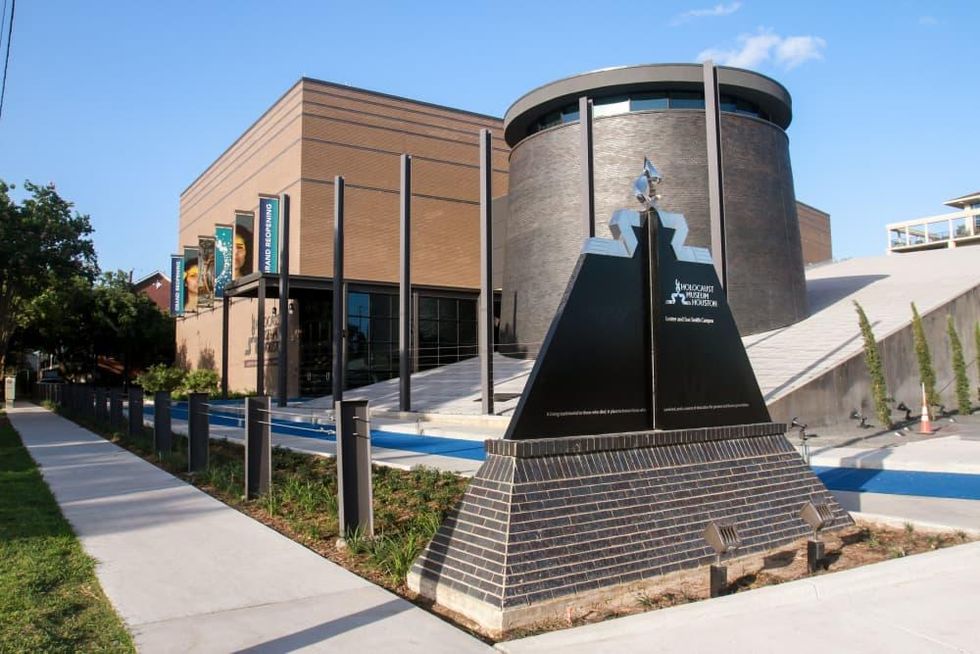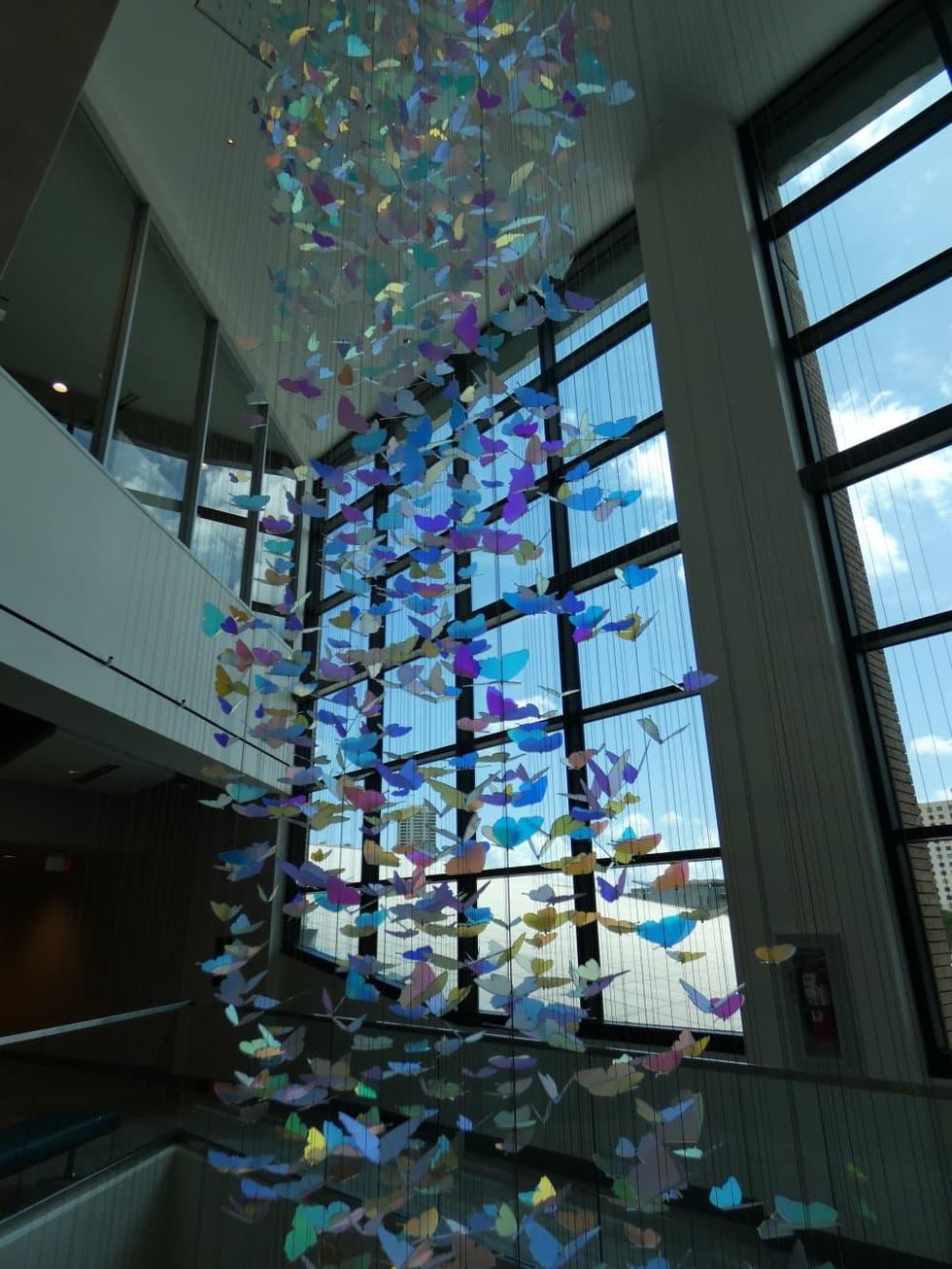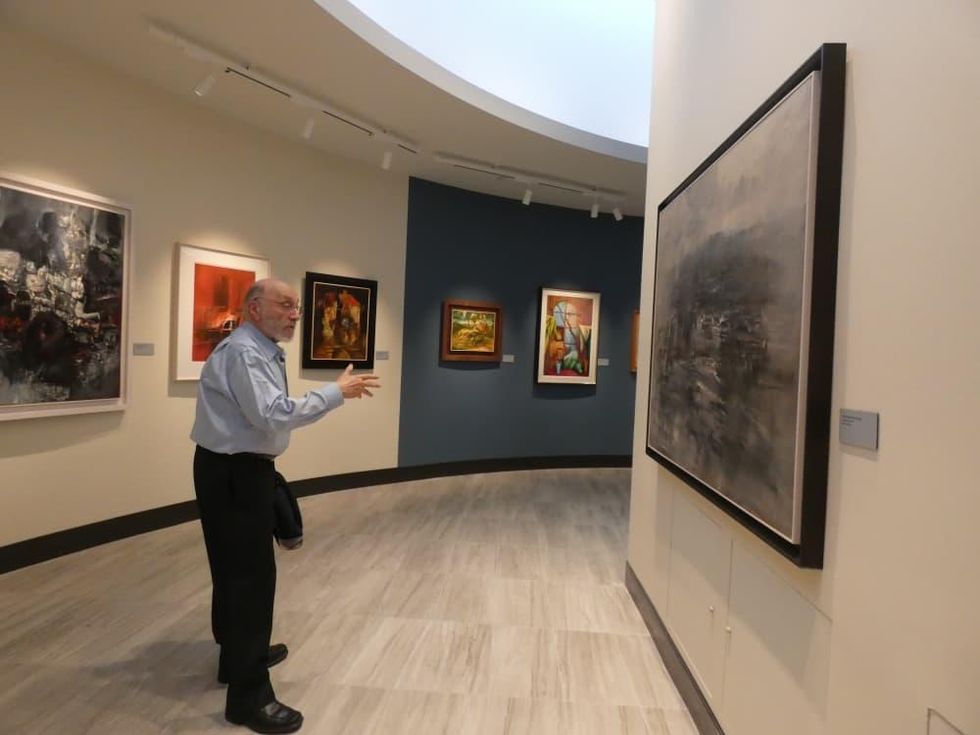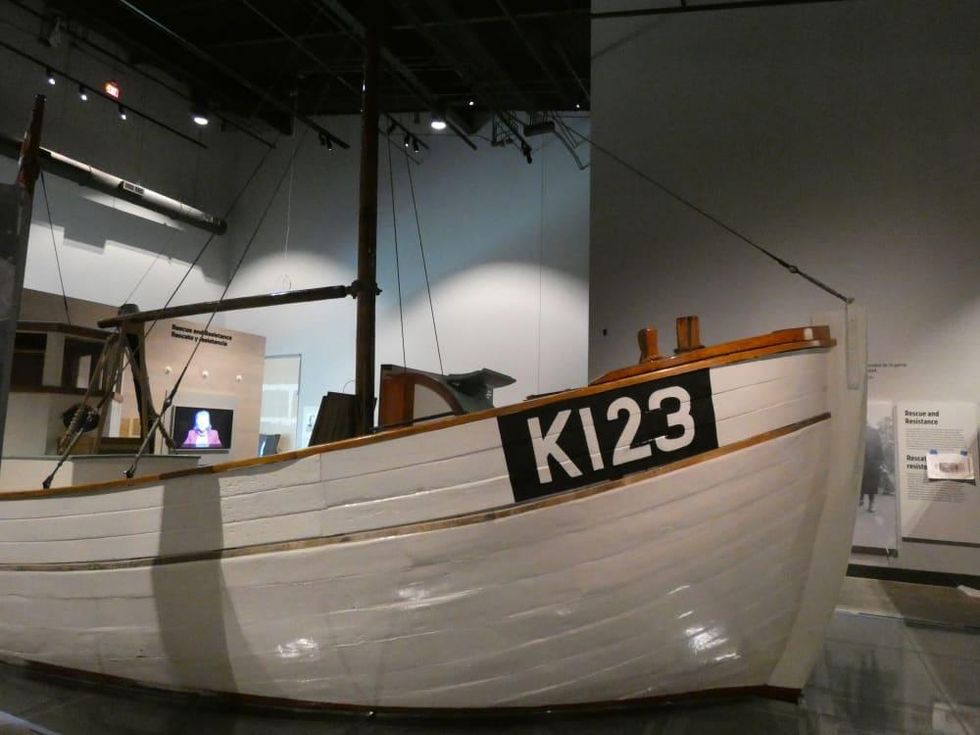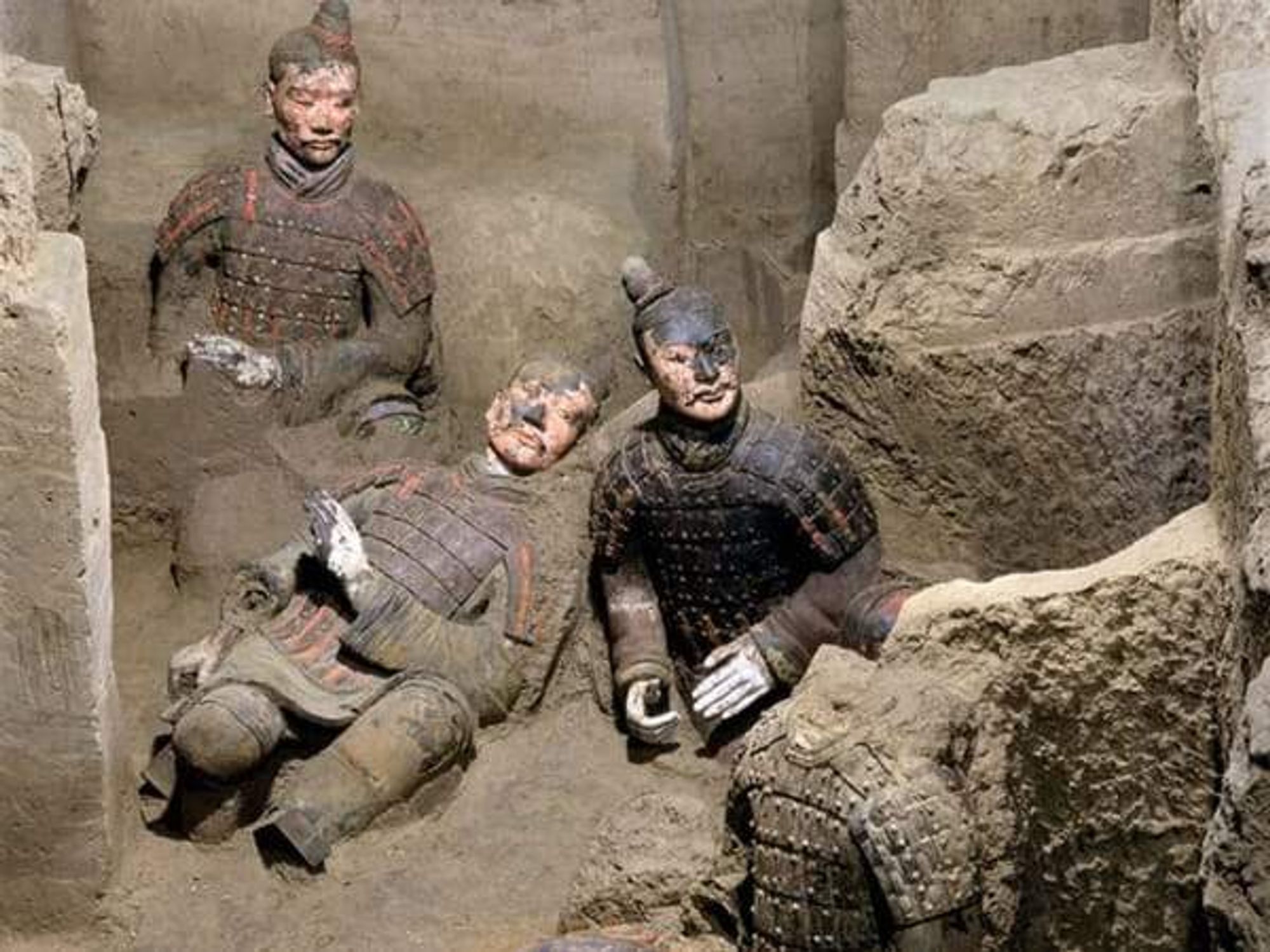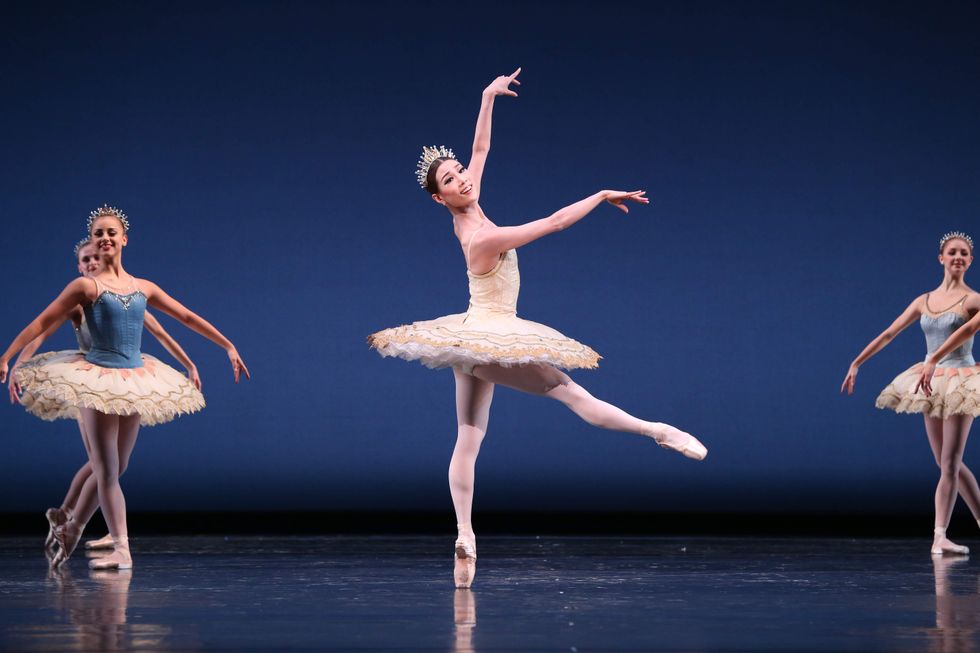a shining beacon
Holocaust Museum Houston triumphantly reopens with stunning tributes and a powerful message
The poignant tagline "From darkness, light" has always stood as a core philosophy of the Holocaust Museum Houston. On Saturday, June 22, the light shines brilliantly again as the museum reopens and invites the city to its new Lester and Sue Smith Campus.
“After five years of planning and building the new facility, we are proud to open the doors of our new home for Holocaust education and human rights studies. With the rise in anti-Semitism, hate crimes, and threats to human rights in our own country, our role in education and outreach is more important than ever before,” says Kelly J. Zúñiga, CEO of the Holocaust Museum Houston.
For those thousands of Houstonians educated, moved, and changed by the HMH before the $34 million expansion, not everything will be different. They will likely recognize some of the artifacts in the permanent exhibit Bearing Witness: A Community Remembers like the Danish Rescue Boat and the German World War II Railcar, which were located outside perviously, but many of the displays have been updated and expanded.
New visions, new voices
As visitors explore the campus, they will find new ways to learn and more space for many more profound stories to be told. The museum has expanded from 21,000 square feet to 57,000 square feet, making it the fourth largest Holocaust museum in the U.S. Within the many new exhibitions, the museum now features over 50 video and multimedia screens throughout the galleries, many of which are interactive.
All the extra space allows for the new Human Rights Gallery, with displays on all U.N.-recognized genocides. Keeping that message of hope within the horror, the gallery will house tributes to international human rights leaders such as Malala Yousafzai and Martin Luther King Jr.
In the The Rhona and Bruce Caress Gallery, visitors will find the interactive multimedia exhibition And Still I Write: Young Diarists on War and Genocide, which gives written voice to 12 young diarists. Though Anne Frank will be the most famous of the diarist highlighted in the exhibition, its focus will stretch beyond Nazi Europe to America and include a young diarist in a Japanese-American interment camp and then move through time, presenting the words of diarists in wartime Sarajevo to the more recent contemporary Iraq and Syria.
The first floor also finds room for two galleries for temporary and touring exhibitions. The fascinating Operation Finale: The Capture & Trial of Adolf Eichmann is on view June 22 through September 15, 2019 in the Mincberg Gallery. The museum’s smaller Central Gallery will feature Points of View, the national photography exhibition from the Canadian Museum for Human Rights, from June 22 through October 6.
At the emotional and physical center of building is the three-story Jerold B. Katz Family Butterfly Loft, an installation of 1,500 translucent, multicolored tinted butterflies, symbolizing the 1.5 million children that perished in the Holocaust.
Art that inspires
For arts lovers, one of the most exciting additions to the new building will likely be the second floor Samuel Bak Gallery and Learning Center, the space dedicated to the work of acclaimed painter, Holocaust survivor, and friend to the city Samuel Bak. Taking time to discuss his works during a preview walkthrough, Bak explains that even many of the seemingly abstract paintings have stories of his life attached to them.
“They are meant to provoke thought in people, possibly young people, because they are more open to thinking freely, and bring their own interpretations and questions, mainly to ask questions. I believe my paintings are meant by me to trigger conversations to trigger communications and an exchange of ideas,” he says.
Bak worked closely with the museum about the design of the galley, even helping to select the paint colors for the walls. “It was a wonderful experience,” he says.
Also on the second floor the 200-seat Albert and Ethel Herzstein Theater, with its Mady and Ken Kades professional performance-sized stage, will give the city a new arts performance, lecture, and presentation space.
The outside wall of the theater that becomes the rounded spine of Moral Choices Hall is made from stone sourced from Israel and etched with the names of 986 Houston-area survivors.
Education continues to be one of the HMH’s primary missions. The new campus helps to fulfill that mission with the Boniuk Center for the Future of Holocaust, Human Rights and Genocide Studies, which will house new and current educational programs, as well as the Boniuk Library on the third floor, containing 10,000 books and other resources for in-house research and education.
With the renovation and expansion, HMH expects light to spread and hopes to see a significant growth in overall attendance, up to 205,000 visitors annually.
---
The Holocaust Museum Houston is located at 5401 Caroline St. The Saturday, June 22, and Sunday, June 23, opening weekend activities include Holocaust Survivor Talks in the Albert and Ethel Herzstein Theater.
The first 500 people each day of opening weekend will receive a Holocaust Museum Houston tote bag. Admission is free for children and students, including college students with valid student ID.
